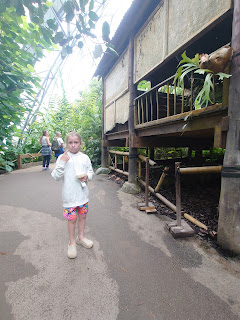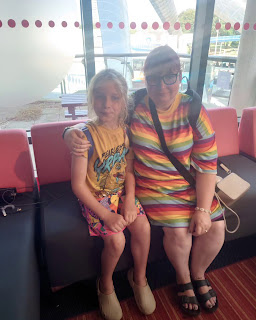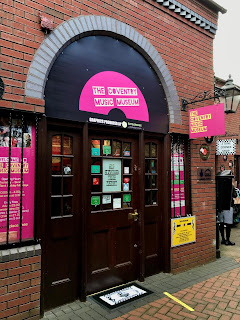Friday 29 September 2023
Exploring the complex factors that influence Autism Spectrum Disorder
Monday 25 September 2023
How to make a bath bomb.
Sunday 24 September 2023
Friday 22 September 2023
50 Charming Autumn Instagram Captions
Monday 18 September 2023
Understanding Autism and sleep
Sunday 17 September 2023
Friday 15 September 2023
Why visiting the Eden Project as a family is a must!
Monday 11 September 2023
How to make slime.
Hey readers,
Children can improve their hand and finger strength and fine motor abilities by playing with putty.
The putty is a fantastic toy for sensory development because of its smooth and sticky texture and capacity to absorb heat.
Below is a simple recipe to make slime that children will love to make and play with.
Method.
1. PVA glue is combined with a pinch (less than half a teaspoon) of bicarbonate of soda in a tiny bowl.
2. The finest food colouring to use is gel, and you may even add glitter if you prefer.
To improve the smell a little, you could also add a few drops of vanilla essence or other food flavourings. Combine once more.
3. Add a few drops of the saline solution and thoroughly combine the mixture until it thickens.
Just a few more drops should be added. You don't need to add more. Until the mixture begins to separate from the bowl's sides. Don't stop mixing; keep going!
4. Knead the slime mixture in your hands until it stops adhering to your fingers after it stops clinging to the bowl's sides.
5. Once your slime is formed, you can stretch it, whatever you like!
Enjoy!
Cheers for reading X
Sunday 10 September 2023
Friday 8 September 2023
Best places to visit in Coventry.
Hello!
 Thank you for coming by! This is my blog where I write about a range of topics such as motherhood, autism and lifestyle. Come along for the ride.
Thank you for coming by! This is my blog where I write about a range of topics such as motherhood, autism and lifestyle. Come along for the ride.
POPULAR POSTS
BLOG ARCHIVES
-
▼
2024
(48)
-
▼
April
(8)
- 2024 on Netflix UK: The Must-Watch Shows Captivati...
- My Sunday photo 14/04/2024
- Navigating Autism Support in the UK: A Parent's Guide
- The Top Tips For New Freebie Hunters
- Comparing Streaming Services: Finding the Best Val...
- My Sunday photo 07/04/2024
- Best jobs for people with autism
- Salted Caramel Brownie Recipe
-
▼
April
(8)






























.png)

.jpg)











.png)
.png)
.png)
.png)
.png)
.png)









